Vlad Gutarev and Ivan Voronin
 Instagram | Website
Instagram | Website
Your work emphasizes a deep connection between materials like wood and clay. Can you explain how you perceive these materials and what draws you to them in your artistic practice?
Working with wood has fascinated me for a long time. I tried working with stone and metal, but only with wood did the process bring me true joy. It’s the scent, the softness of the material, and the subsequent stages of working with wood (burning, sanding, impregnation) that I find most enjoyable. Ivan feels the same way about clay. A lot of experimentation with materials and techniques has led us to these materials, with which each of us interacts most comfortably. Clay and wood are some of the oldest and most accessible materials for creativity, construction, and daily life. These materials are nature in its purest form! When you touch them, you feel that incredible energy that ignites the fire of creativity in our souls.
Your sculptures seem to resonate with the elements of fire and water. How do these natural forces influence your creative process and the outcome of your work?
I am inspired by fire and its uncompromising nature. It can burn everything in its path, it is uncontrollable. Taming it has become creativity for us. Fire becomes a co-author. Water is used to control the fire, preventing it from destroying everything. Fire and water are like brushes to us. The unique patterns of wood, fire, and water create an effect that is impossible to replicate.
The “ROD” collection reflects your approach to art. Could you tell us more about the inspiration behind this specific collection?
We are a family-oriented people, and we deeply love and appreciate our families. They nourish us with energy for new creations, support, and inspire us. “ROD” is not just about family, but also about animals and trees. We are all part of one big organism, and we must treat the world around us as we do our family, with care and love. This collection aims to remind everyone of the basics—there is nothing foreign, everything that happens around us, in one way or another, affects us, and only by relating to the world as if it were our family can we achieve the harmony that many seek.
As a designer and sculptor, how do you balance functionality and artistic expression in your works?
It was 15 years of design that led me to the thought of pure creativity, because as an artist (designer), you can’t create pure art—it will be a collaboration with the client, limited by budget, walls, and other factors that need to be adjusted to. Design is more about functionality and comfort than about ideas, while I, as an artist, have always wanted to express pure thoughts, without adjustments. It’s also important to create an art object that is pleasing to the eye, because the world of contemporary art has become overly simplified, and I want to add a bit of complexity, especially in the visual aspect. When you look at a piece and understand how complex and labor-intensive it is, it’s not just a rush job, but a piece of work where the artist has put their soul. We began working together with Ivan, combining his extensive experience in ceramics and my work with wood.
You mentioned that your sculptures reflect a dialogue between humans and nature. How do you approach this conversation through the physical medium of clay and wood?
It is a creative dialogue. When we start working on an object, we have no idea what the result will be. There’s an image or a project in our minds, but the fire in the firing process starts to draw its own patterns, consuming the material where needed, not reaching areas we want—it lives its own life. Therefore, during the creation process, the sculpture can go through several stages! The process may last for years. The wood dries, cracks appear in unexpected places, and so on. After going through such a complex process, the sculpture acquires its own character, becoming unique. The same happens with clay in a wood-fired kiln, which always gives different results in color, texture, and may even burn or change shape. This is our dialogue. We listen to the material, and it, in co-authorship with us, gives an amazing result. Always different. It’s wonderful!
How does the element of fire, through the process of wood firing, impact the final look and feel of your pieces?
Firing is one of the final stages of working on a piece and the most interesting. The workpiece acquires individuality, and fire leaves its unique mark. It also removes the unnecessary, smooths the wood, and gives it that special uniqueness, the natural abstractness that can’t be deliberately created. Think back to the feeling of sitting around a campfire from your childhood. That incredibly warm feeling! These are the feelings we experience when creating our works. We want to capture that warmth inside our creations.
How do you decide on the form and composition of each sculpture? Is there a specific ritual or process you follow during creation?
Through our communication on various topics, ideas come to us, and we begin to develop them. Often, nature sets the idea. We find an interesting piece of driftwood (which we can carry out of the forest by hand), and its shape already sets the composition for the future piece. This is the foundation. Then we add our own touches, and fire adds its own. After that, we assess it, and either bring it to perfection (sanding, staining, impregnation) or leave it as a workpiece for years until the idea strikes. We only show people what we are 100% satisfied with.
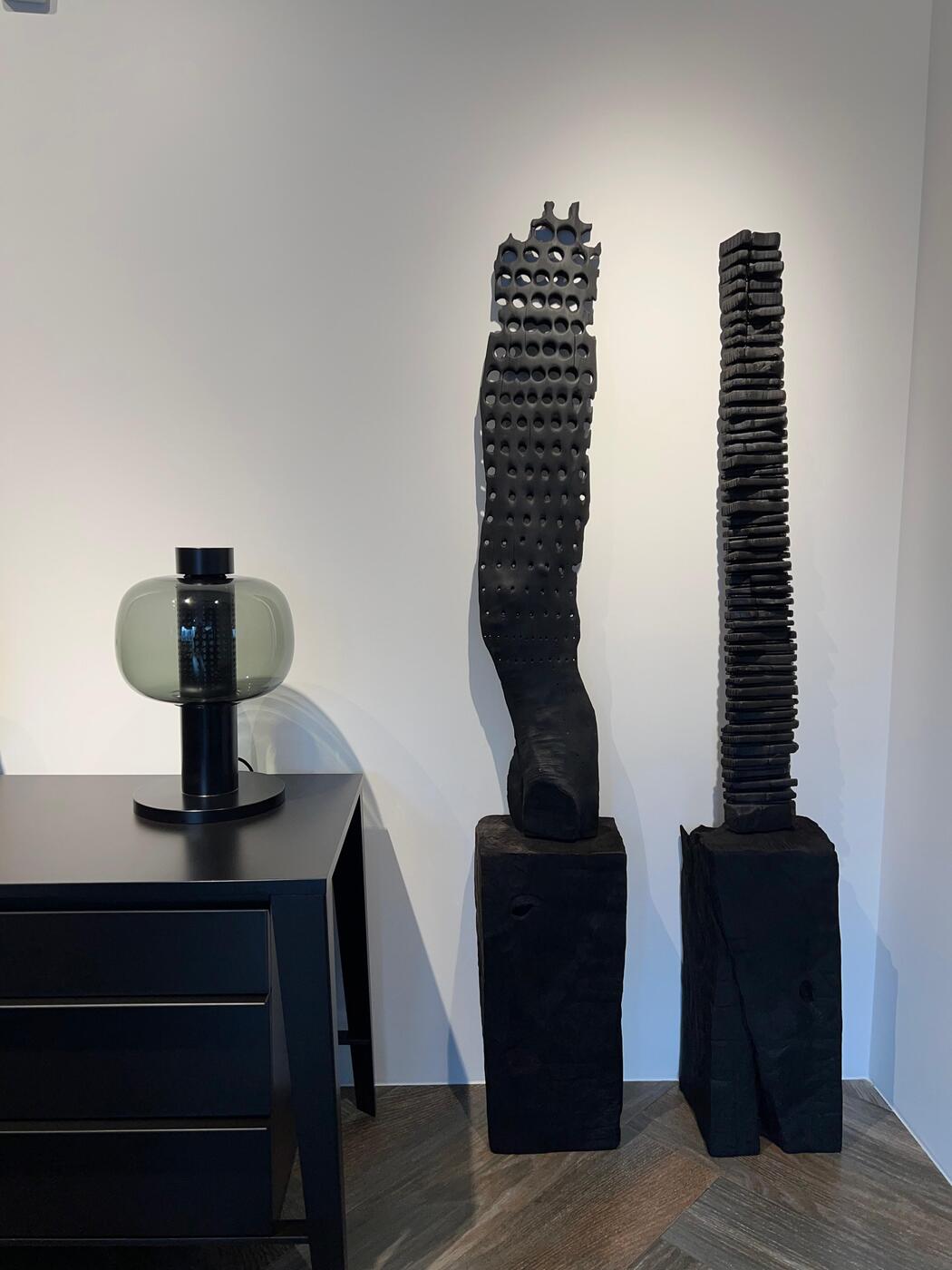
Fire is always dangerous. This is what we want to convey. Often, we are powerless against the elements, but we, humans, possess intellect, and we must realize the scale of the ongoing catastrophes and participate in forest restoration.
This is what we want to convey to society. Planting a tree costs nothing for a person, but it is priceless for nature. And as a consequence, for us. Caring for nature is like caring for ourselves, for our future, and for our children. We are children of nature, and in cities, we have begun to forget about it. But today, fire itself has come to the cities, showing its uncompromising nature, perhaps to remind us who we are.

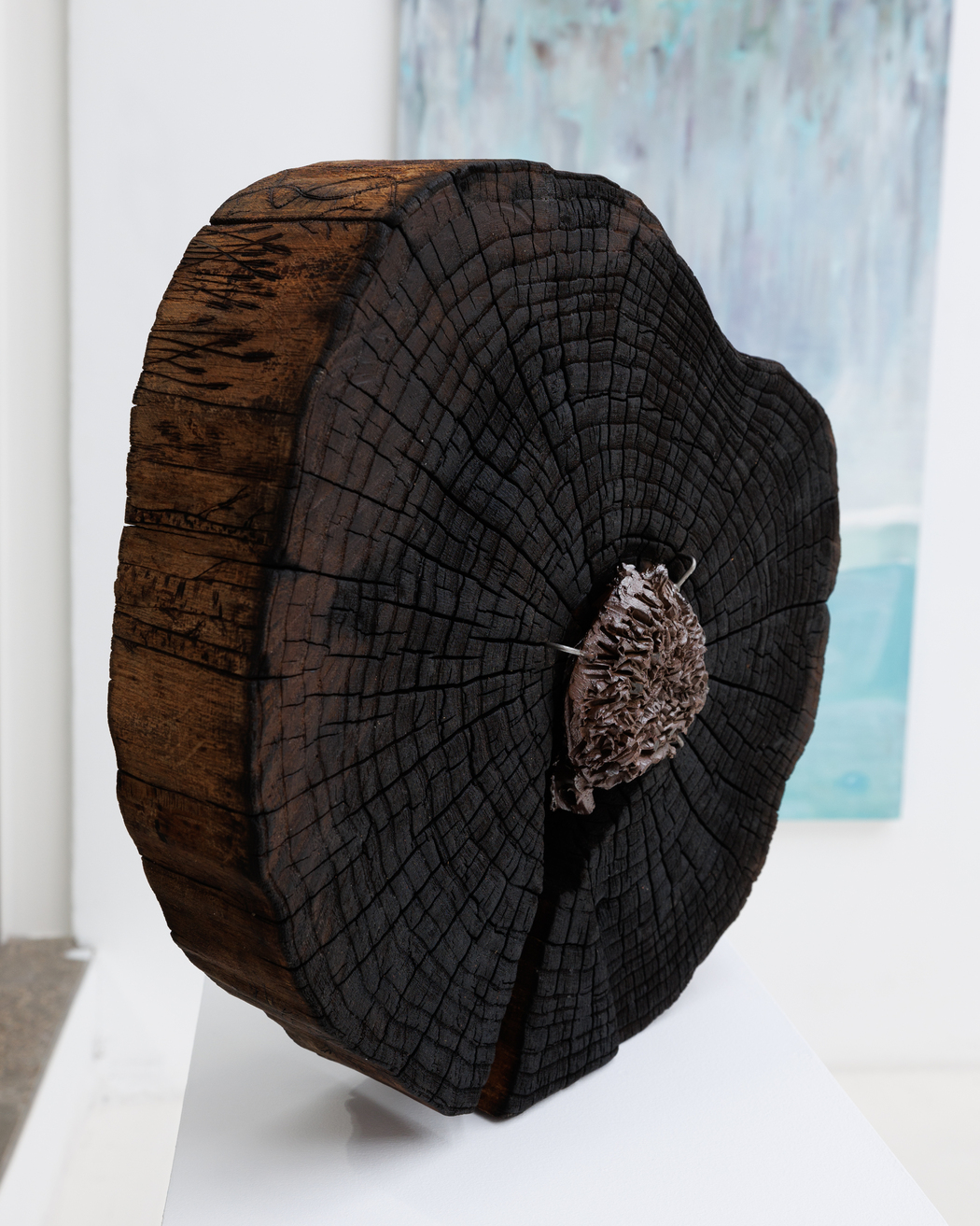
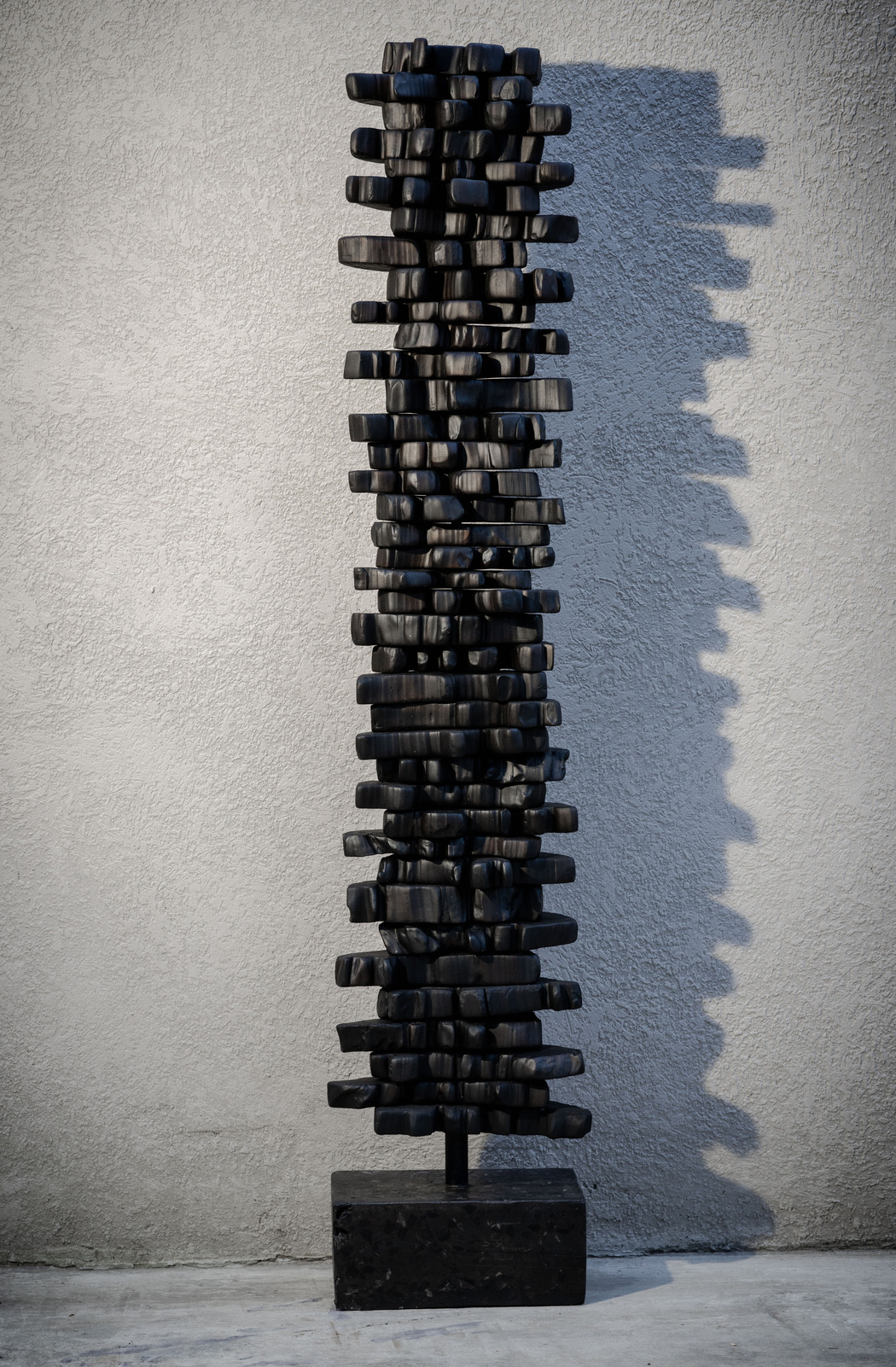
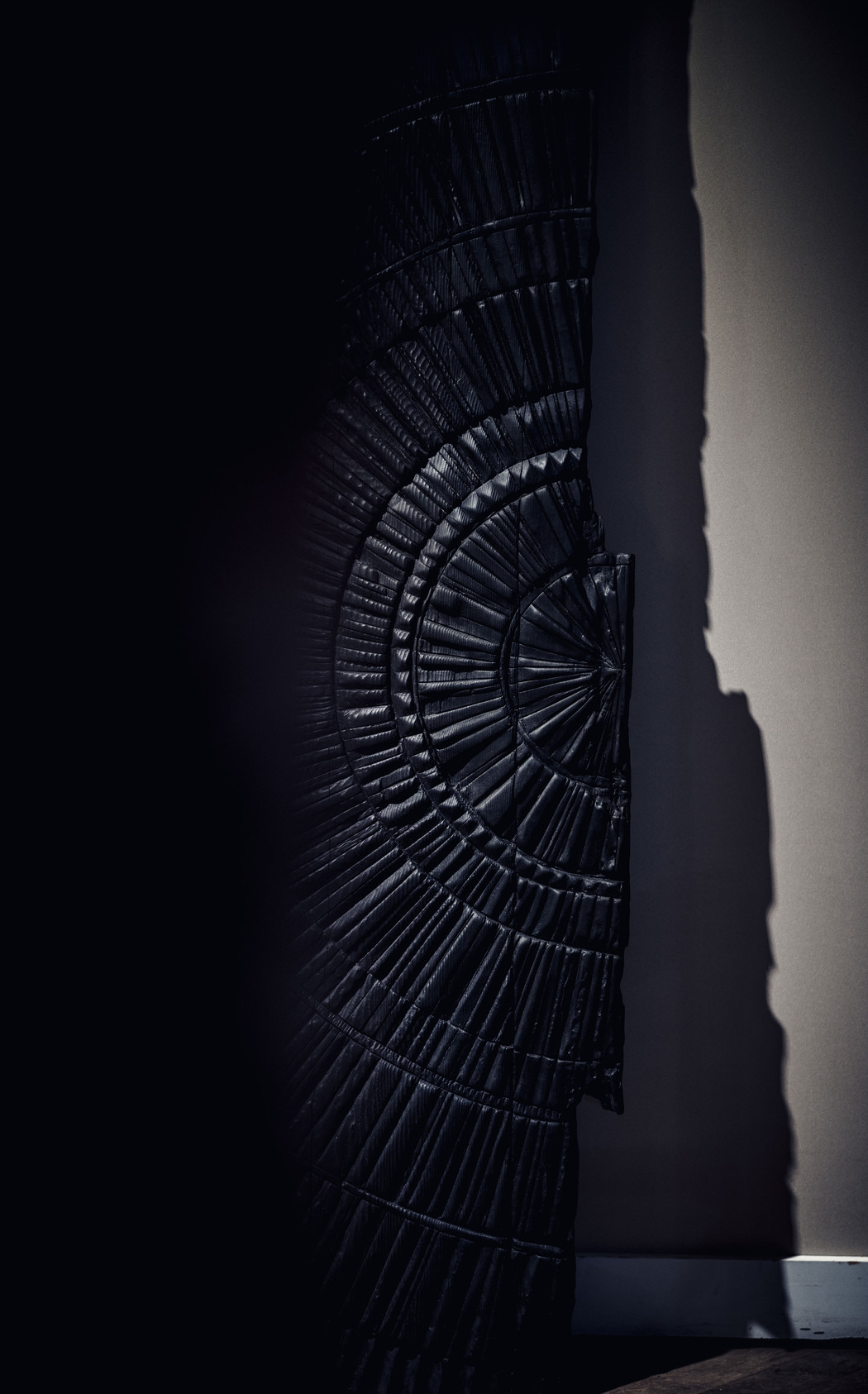
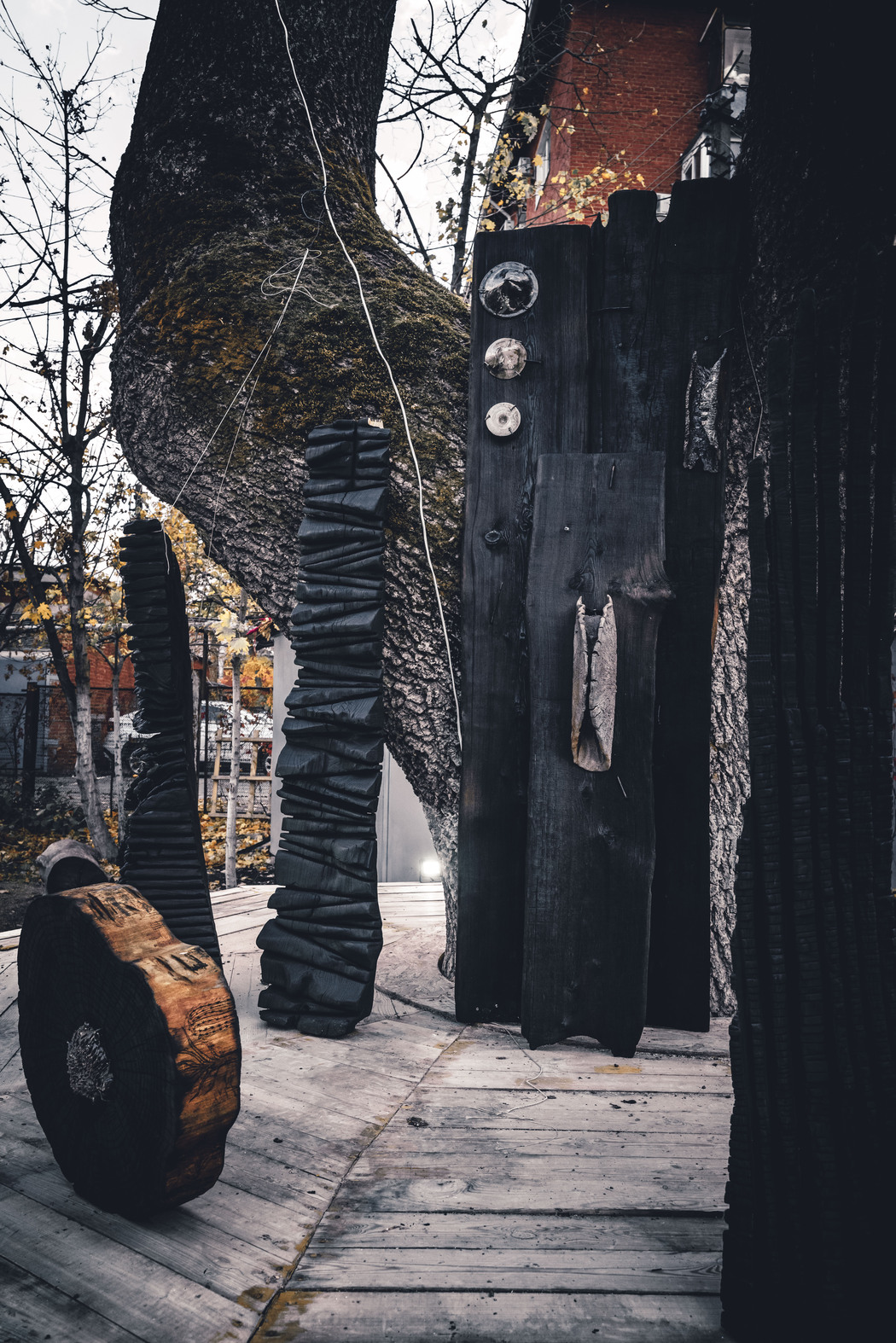
Leave a Reply